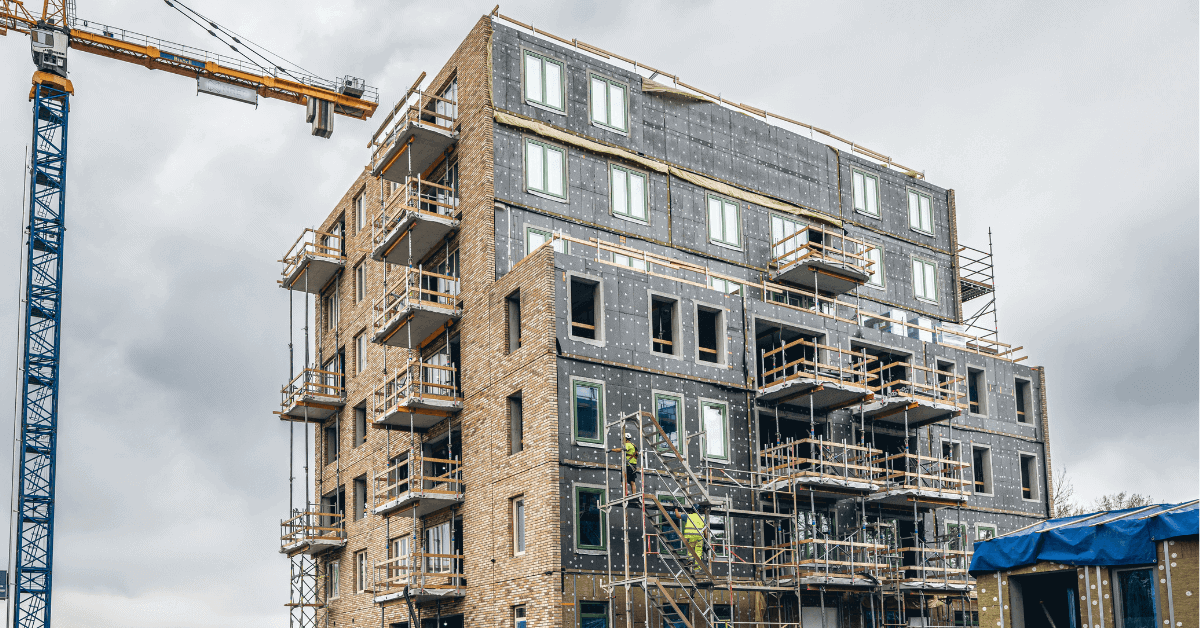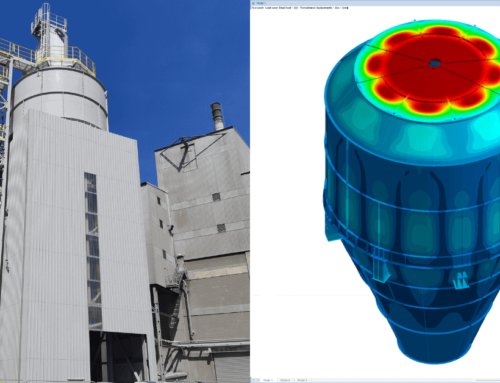In Stockholm, Sweden, there is an ongoing project called Slagsta Strand Kv – 7, which consists of three apartment buildings. Kritter, one of our customers in Poland, has taken the job of designing this project, and they have used FEM-Design in this regard as their go-to structural design software. Consto AB is the constructor, while Botvid Holding AB/Nrep is the final client.
Project overview
The project started in May 2022 and is scheduled to be finished in February 2025. It is a turnkey contract, where the client will receive a complex of three apartment buildings intended for rental. Underneath, there will be a garage on one floor with 91 parking spaces and 8 spaces for motorcycles. Additionally, this complex of rental apartments will house a bicycle room and other technical rooms.
The completed project will be made of 3,113 elements, require 10,913 tons of concrete, and have 34,709 sq m.
Kritter’s part in the project lasted a bit more than a year, having started in spring 2022 and ending in August 2023.
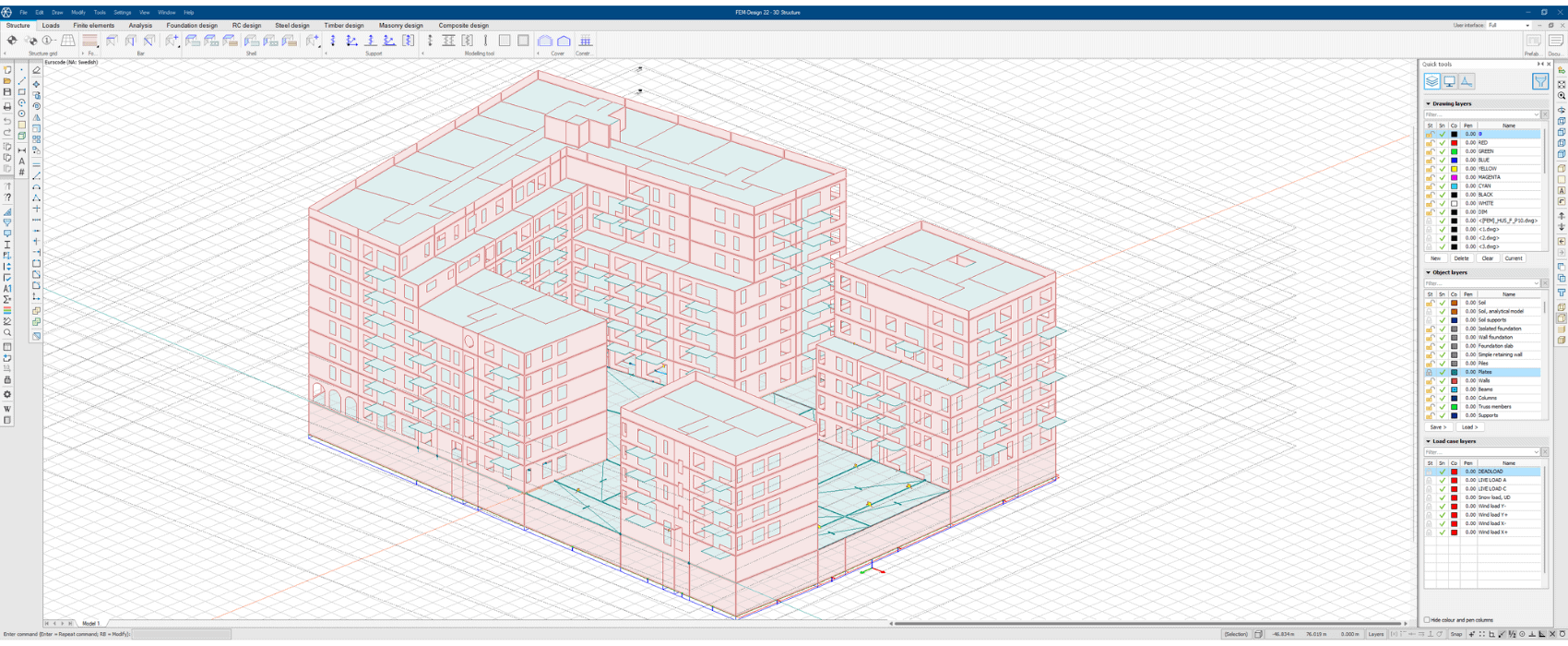
Overview of the completed model in FEM-Design. Image credit: Kritter
Project scope and objectives
Kritter’s design responsibility covered all walls, columns, beams, and form slabs. They also integrated electrical ducts, recesses for water/sewage piping, and HVAC components.
“The scope of the project was to design all the structural concrete elements needed for the buildings and the calculation of the line loads for the foundations. The line loads were the first thing we needed to send over to the main structural designer. This included line loads from the walls and the structures above so they can design all the piles and foundations. We started with the foundation plate, and then we had a lot of columns and beams to design over the garage. Afterwards, we had to design and check all the concrete elements, like retaining walls, internal walls, outer walls, filigree slabs, precast balconies and so on. The design of the roof and the foundation was not in our scope,” says Tomasz Mituś, structural designer at Kritter.
“We were hired by the company who won the contracts for the precast elements. It’s a very common system in Sweden, where you have a pre-design process before the main design starts. The first stage was the structural design of the building and took us a few months, and then we started with the design of the elements. The main model with the line loads was done in two months due to the clarifications between us and the architect because we needed more supports for the structure,” adds Tomasz.
The challenges faced: line loads and changes in erection sequence
Like any other project, the engineers at Kritter faced a few challenges. First, as mentioned in the project overview, they had to calculate the line loads before the start of the groundwork.
“The first challenge was to be on time with the line loads for foundations, because without our line loads, they couldn’t start the groundwork with all the piles and so on. So, we needed to check all the buildings to make sure where the vertical loads go. We started with the smaller building and followed up with the next building. A few weeks later, we sent the loads for the biggest part of the project, meaning staircases A to D in the main apartment building,” says Tomasz.
Secondly, due to a change asked by the client, the team shifted the scope of the stability analysis from the whole structure to only one building and then follow-up with the rest of the buildings.
“Later on, the client wanted to change the erection sequence. At first, they wanted to build one floor and then go with another floor of the same building, namely the big one that consists of four parts. But they changed the strategy to build all the floors from building A and only afterwards to start with buildings B and C. Thus, we needed to perform stability analysis to check how much forces will go on the side building and how this statical system will work in general,” says Tomasz.
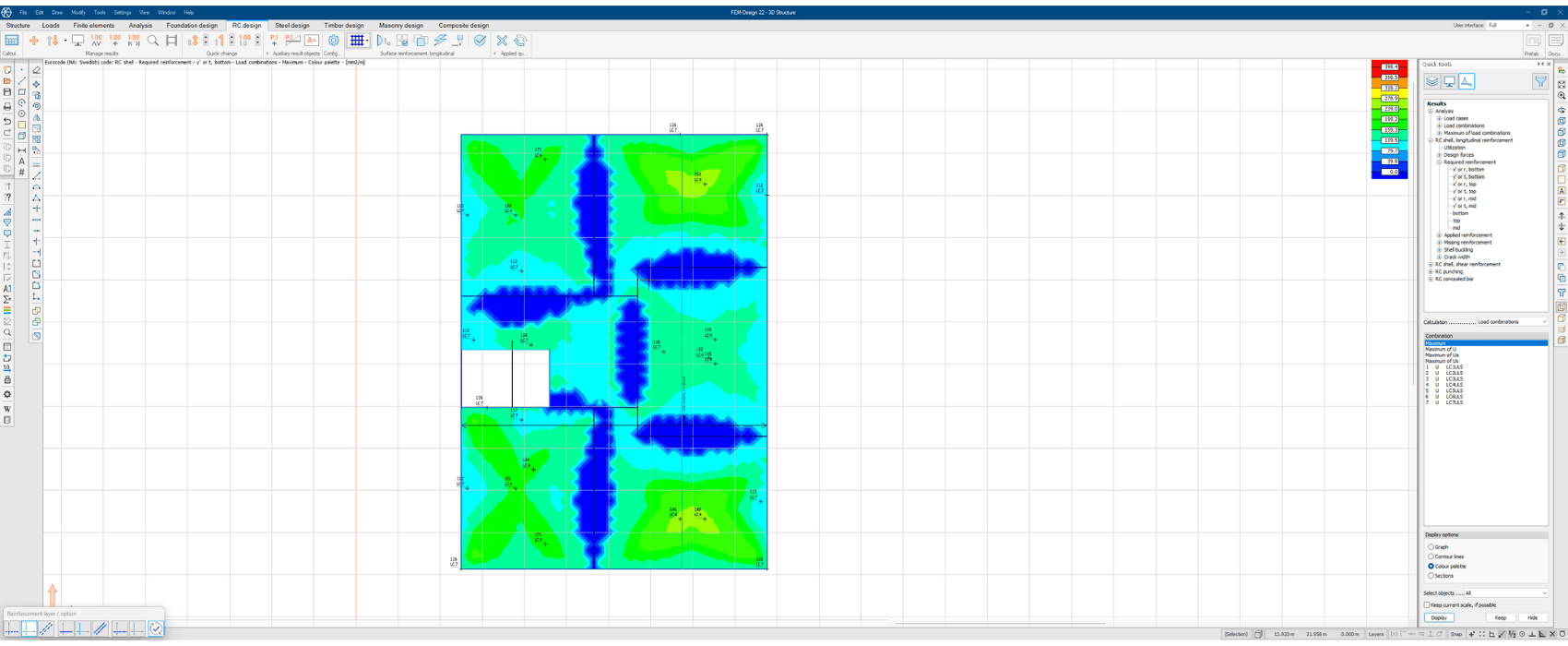
Required reinforcement for the floor system. Image credit: Kritter
As there were many beams in the basement floor, the engineers at Kritter had to check the loads before this first floor needed to be built for house A, given the updated strategy. It was a bit challenging. However, they checked in FEM-Design how the structure would behave, having just one part of the building built. They needed a very quick answer for this plan, which they got by using FEM-Design’s reinforced concrete design module.
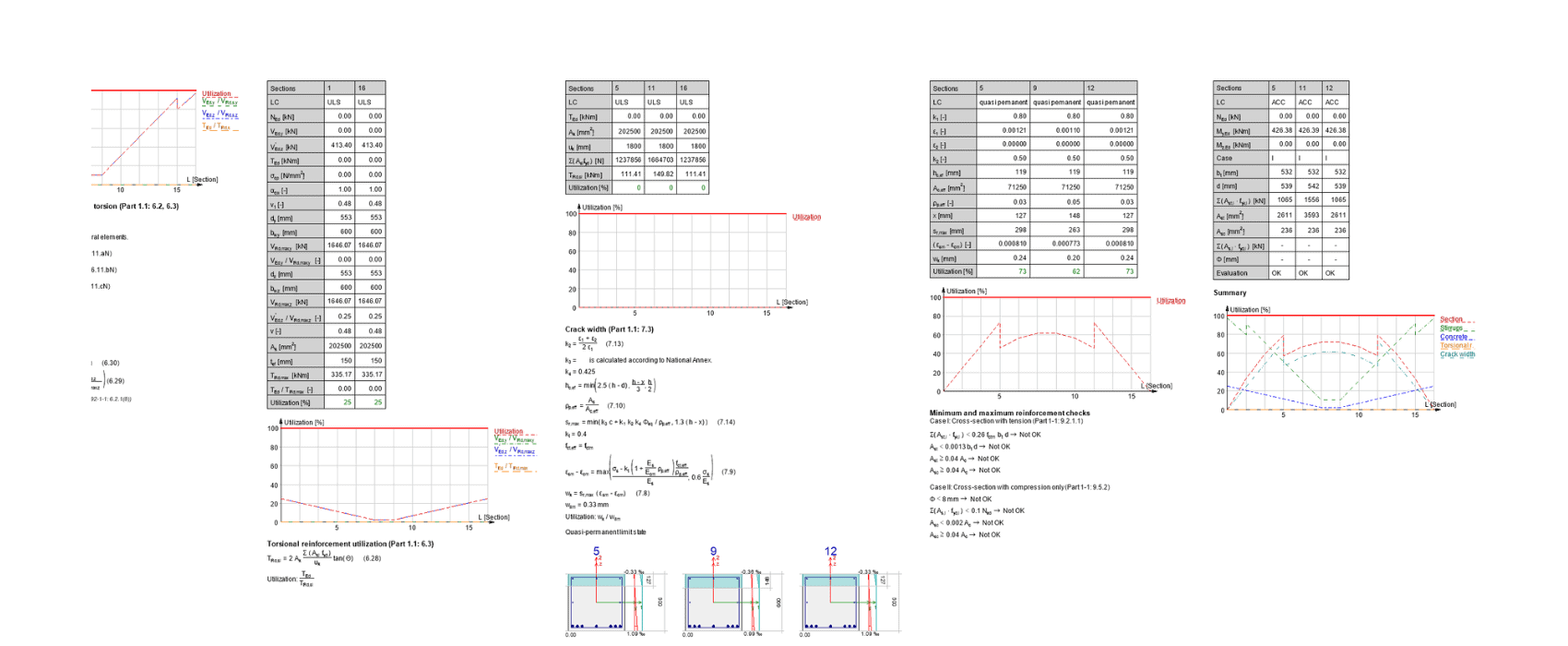
Summary of a beam in the garage section. Image credit: Kritter
The reasons they chose FEM-Design as their go-to structural design software
“I’ve been a FEM-Design user since the beginning of my career around 10 years ago. I used it from time to time in the past, but lately I’m using it almost every day, so I’m very familiar with it. I really like the user interface and the flow of work,” says Tomasz.
They chose FEM-Design mainly for the speed & user-friendly interface, even if they have other FEM programs in their toolbox.
“I think FEM-Design is one of the best software to quickly model a structure. For instance, it’s very easy and fast to make holes in facades or switch from surface to surface to check or to modify any elements with the stretch option. This is very good to have in a software,” adds Tomasz.
FEM-Design and IMPACT are the best fit for Kritter due to the functionalities dedicated to the precast industry.
“There are some features dedicated to the precast industry, such as the connections between elements that can be easily checked. You can see how the elements behave compared to the analytical model. For example, when we use hollowcore slabs and we don’t want the slab to be supported on each side, just on the front and at the back. And you can do that in FEM-Design, so this is very convenient for us,” highlights Tomasz.
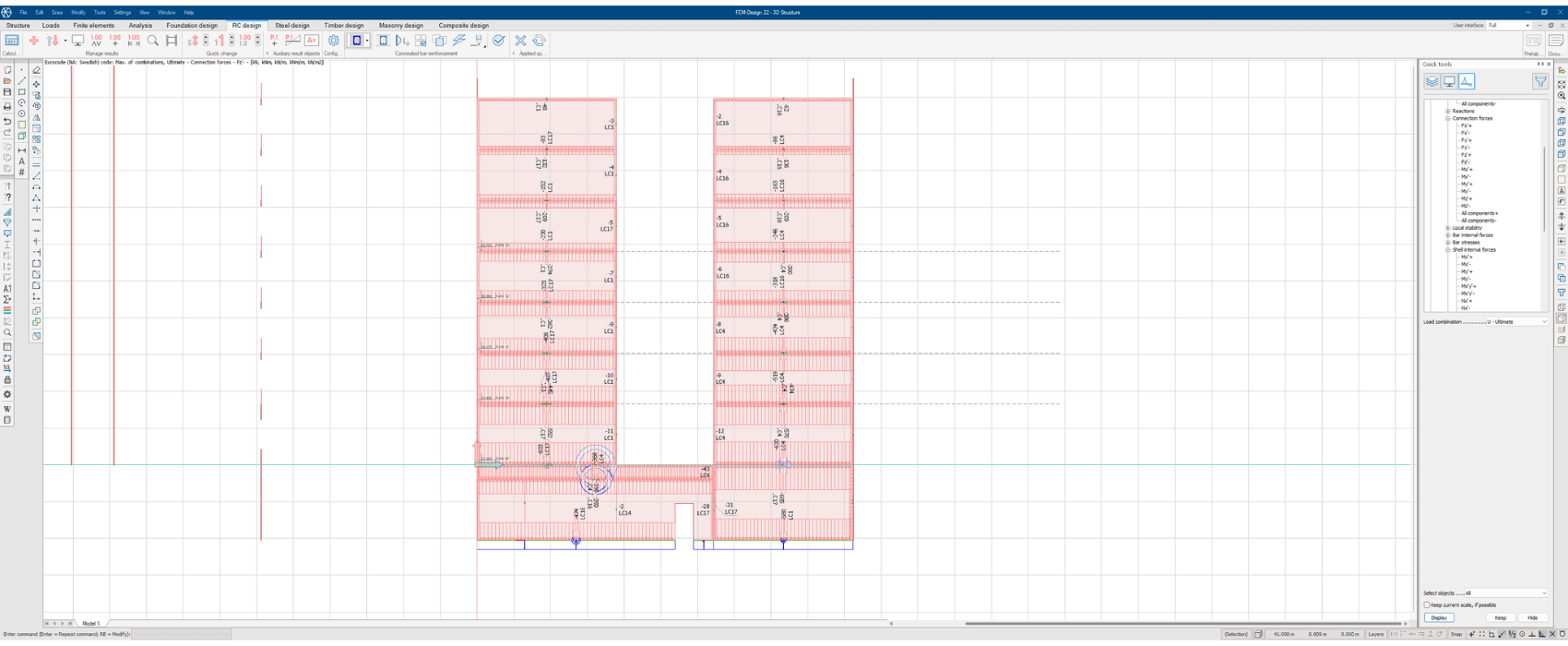
Connection forces between the elements. Image credit: Kritter
Moreover, FEM-Design aligned naturally with the project requirements of Slagsta Strand Kv – 7.
“We have designed columns, beams, all the walls, retaining walls, all the slabs and balconies with FEM-Design. We loved using the concealed bar function in FEM-Design. It allowed us to add this imaginary object in the main model in order to check things instantly without creating a separate model,” says Tomasz.
The concealed bar functionality in FEM-Design was used to great success, making the design of particular elements very clear and easy. Moreover, another functionality they loved to use is the edge connections. In the precast industry, they need to check how the elements are connected and the effect of loads.
“In FEM-Design, everything is clear regarding using the edge connections functionality. We have a lot of options to free some edges, modify stiffness, and so on,” adds Tomasz.
Kritter didn’t need to integrate FEM-Design with other software solutions for this project. FEM-Design was their main structural design software. They only used internal Excel sheets to check some results, but none of their other FEM software was used alongside FEM-Design.
“FEM-Design is always our first choice for the design of elements. For instance, if we need to check a particular element, like a beam or column, I can create the model, check it, and reinforce it in maximum 5 minutes. My impression is that FEM-Design is very fast and easy to use,” says Tomasz.
About the collaboration with StruSoft in general
The engineers at Kritter like our support system for its speed and efficiency. Whether they need a quick answer or a more elaborate technical reply, they count on our support team to provide the help they need.
“I think the support is great, both for IMPACT and FEM-Design, because if we have some big problems, we get answers and solutions in half an hour usually. That’s great because we won’t get stuck in a point. When we don’t need a quick answer, we simply submit a ticket with our requests and questions, and we get a reply pretty fast as well,” concludes Tomasz.
Customer portrait
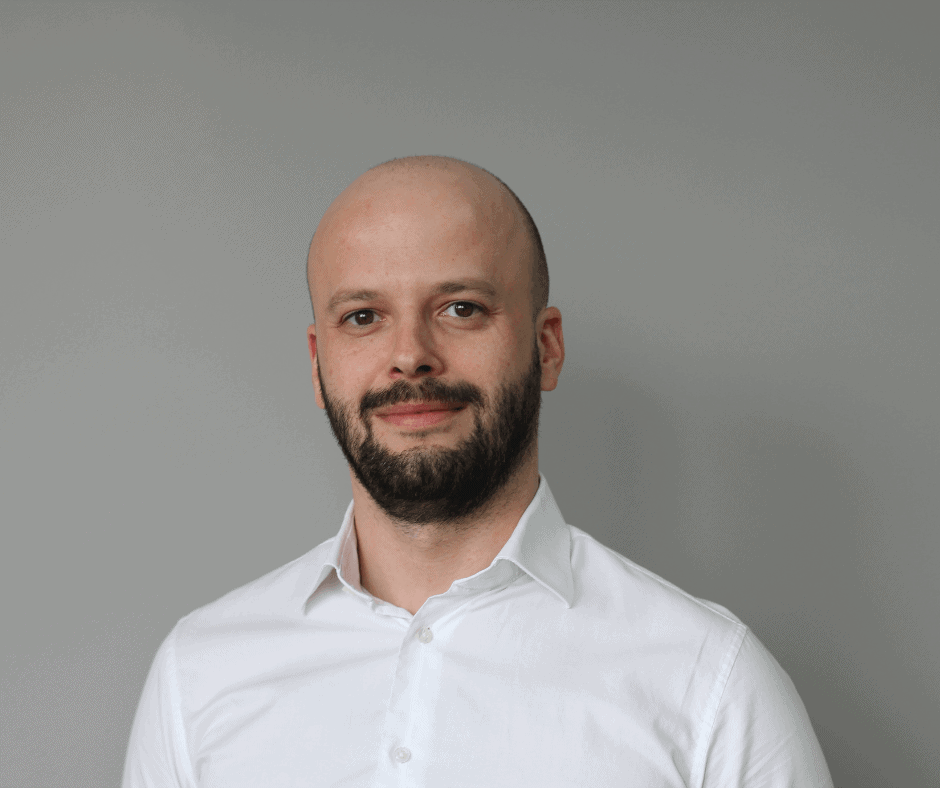
Tomasz Mituś is a structural designer with a specialty in buildings. He’s the COO of Kritter. He’s been in Kritter for 5 years already. Moreover, he has 10 years of experience in the precast industry. His general role is to supervise all the projects for Sweden and Poland. They focus on drawings & the design process, ensuring the quality and efficiency needed for a sound construction.
Kritter mostly operates in Sweden, Denmark, United Kingdom, and Poland as well. They mainly design precast concrete structures.
Are you ready to experience FEM-Design’s structural design prowess?
FEM-Design is a sophisticated yet user-friendly structural analysis & design software. It caters to every facet of your structural engineering needs, encompassing 3D modelling, design, and finite element analysis (FEA) for structures made of concrete, steel, timber, composite, masonry, and foundations. The software’s computations adhere to Eurocode standards, with inclusion of certain National annexes, such as the Polish Annex used for the Slagsta Strand Kv – 7 project.
You can comfortably start your journey with FEM-Design by applying for a free trial. Take this opportunity to see if it fits your needs.
If you are unfamiliar with our software, watch the video tutorials on our YouTube channel. They represent a good starting point as well.
